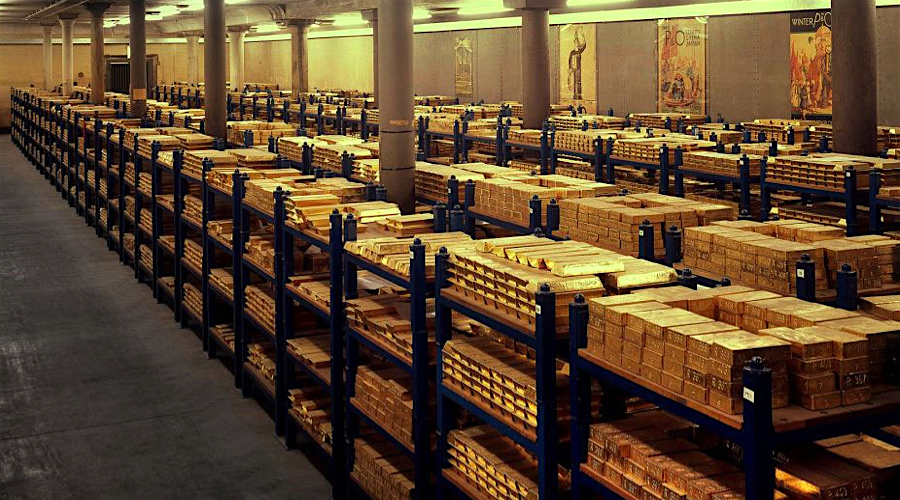China and Russia continues to buy into bullion

The strength of the U.S. dollar is boosting gold sales in China and Russia as the two countries bulk up their official reserves with bullion. Returns on European currencies have continued to creep lower, with the Euro causing particular concern for global investors. With weaker than expected economic data coming out of the U.S. last week the price of gold has been on an upward streak, making small gains on Monday.
China, the world’s number one gold miner, announced a larger than expected gold store of 1,658 tonnes back in June 2015, adding an addition 46 tonnes this year. But analysts project the number to be much higher when added to China’s more nebulous domestic production numbers. The third biggest gold producer, Russia, has stocked up on 62 tonnes of the precious metal this year according to the latest reserve data from July, upping its bullion stores to 1,476 tonnes. With the Rouble down almost 50% since 2014 and the continuing pressure of low oil prices, the Russian central bank is diversifying steadily away from currency holdings. The United States, the world’s largest holder of gold, owns around 8,134 tonnes according to the IMF; still over 4 times China and Russia’s official holdings.
Gold prices could move higher again on Friday if U.S. employment data comes in below estimates. U.S. GDP was up 1.2 % for Q2, but missed analyst projections of a of a 2.6% increase. The Federal Reserve gave no indication of an interest rate increase, despite acknowledging a decrease in economic risk.
According to the latest 2016 report from The Official Monetary and Financial Institutions Forum: “Gold has become increasingly attractive as an alternative to reserve currencies, with the euro, yen and Swiss franc all weakening against the dollar in 2015, while emerging-market economies have also been keen to diversify away from U.S. assets. Around $10 trillion of sovereign debt is negative yielding as of June 2016, raising challenges for investors and creating risks of market upsets when interest-rate policies change. Deflationary pressures across many advanced and developing economies raise the importance of gold as a store of value and a hedge against financial market instability.”
Gold prices have spiked almost 26% this year, reaching highs of $1,377.50 at the start of July. The United Kingdom’s vote to leave the European Union coupled with concerns over China’s slowdown stoked a gold buying frenzy in recent months. Increasing prices have given a particular boost to mining company stocks in a rally that looks set to continue as the U.S. election approaches.
{{ commodity.name }}
{{ post.title }}
{{ post.date }}

Comments